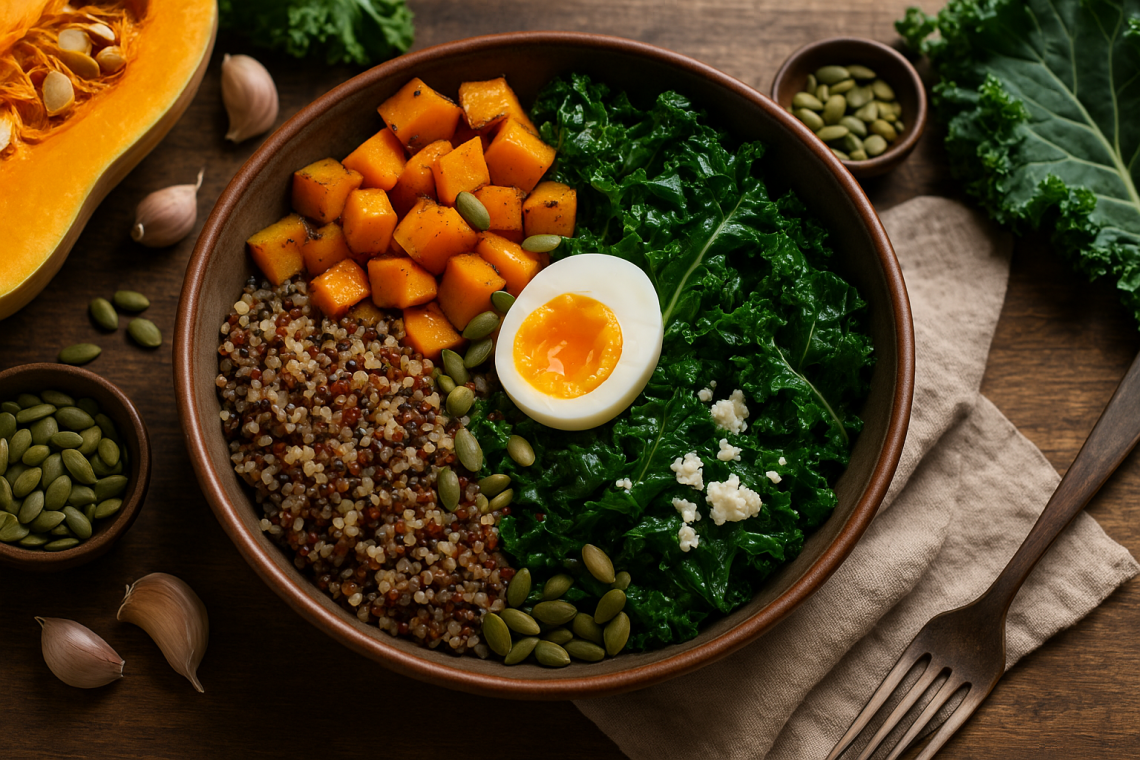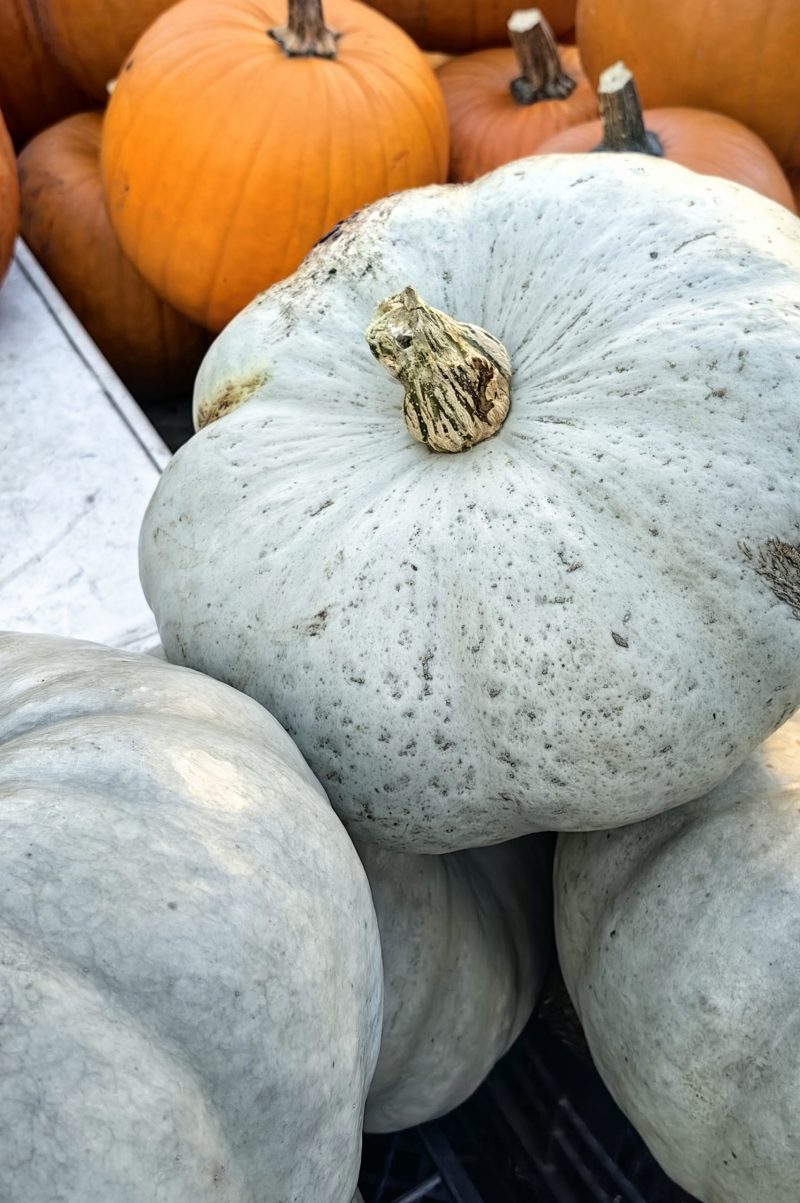
Autumn products in balanced, high-protein meals
When the leaves begin to fall and the mornings become cooler, there’s something cozy about a warm, healthy bowl bursting with autumn’s greatest flavors. Forget the supermarkets with imported goods that tastes like cardboard; this is the season to visit your local farmers’ market. That is where autumn truly shines, both in flavor and nourishment.
And now comes the fun part: you can create a harvest bowl, which is a colorful, balanced meal that mixes protein, seasonal vegetables, and complex carbs to make something hearty and nourishing.
First things first
If you are aiming for local products identify the closest farmers market in your area. In our home town, farmers markets are both permanent but some only open on Saturdays and Thursdays. The wide range of grown veggies will be at your disposal.
Why harvest bowls are perfect for autumn
- They’re adaptable; mix and match ingredients based on what’s fresh.
- They’re nutritionally balanced: with the correct ingredients, you can get protein, fiber, and healthy fats in one dish.
- They’re comfortable yet light: no heavy winter stews yet, but warm enough for chilly evenings.
Who are the high-protein stars of autumn
- Pumpkin seeds are one of the richest plant-based protein sources (30-32g per 100g). Perfect for sprinkling over the top of your bowl.
- Lentils – while not precisely seasonal, they mix well with roasted fall vegetables and have 9g of protein per 100g cooked.
- Mushrooms, particularly oyster and porcini, are commonly found and sold at farmers’ markets. They are not high in protein, but they add umami and pair well with beans, grains, or poultry.
- Local farm eggs – if available in your market, free-range eggs are unmatched in terms of protein and flavor. 2 eggs provide around 12.6 g of protein
- For meat eaters, autumn is also the season to find fresh, grass-fed poultry, turkey, or beef from local suppliers. 100g of beef provide 30,3g of protein, poultry stands by 31-32g for 100g and turkey 29 for 100g
Seasonal Veggies
- Roasted squash – creamy texture with natural sweetness.
- Beets and carrots are earthy, vibrant, and full of antioxidants.
- Kale and Swiss chard are harder than summer greens, but delicious sautéed or rubbed with olive oil.
- Brussels sprouts, gently browned in the oven, provide a nutty bite.
- Cauliflower and broccoli are versatile, whether roasted, riced, or mashed.
Example
- Quinoa base
- Roasted butternut squash and Brussels sprouts.
- Sautéed greens and garlic
- A soft-boiled farm egg on top.
- Roasted pumpkin seeds and crumbled goat cheese.
- Finish with a dab of tahini-maple dressing.
This dish provides protein, fiber, and healthy fats while maintaining the flavors earthy and seasonal.
Pumpkin – the autumn hero

Nutritional properties of raw pumpkin (100 g):
- Calories: ~26 kcal → very low in calories, good for diet and weight loss.
- Carbohydrates: ~7 g → mostly natural sugars and fiber.
- Fiber: ~0.5–1 g → supports digestion and provides satiety.
- Protein: ~1 g → not a major source of protein.
- Fat: ~0.1 g → practically no fat.
Vitamins and minerals:
- Vitamin A (beta-carotene): extremely rich, beneficial for eyesight, skin, and immunity.
- Vitamin C: supports immunity and skin health.
- Vitamin E: strong antioxidant.
- B-complex (especially B2, B6, folate): supports metabolism and nervous system function.
- Minerals: potassium (electrolyte balance and heart health), magnesium, iron, zinc.
Health benefits:
- Immune system: thanks to beta-carotene and vitamin C.
- Strong antioxidant: helps prevent cellular aging.
- Easy to digest: good for sensitive stomachs and recovery diets.
- Supports vision: vitamin A protects the retina.
- Diet-friendly: low in calories, yet keeps you full.
Text: Yle Balaceanu, IBMagazine.ro



